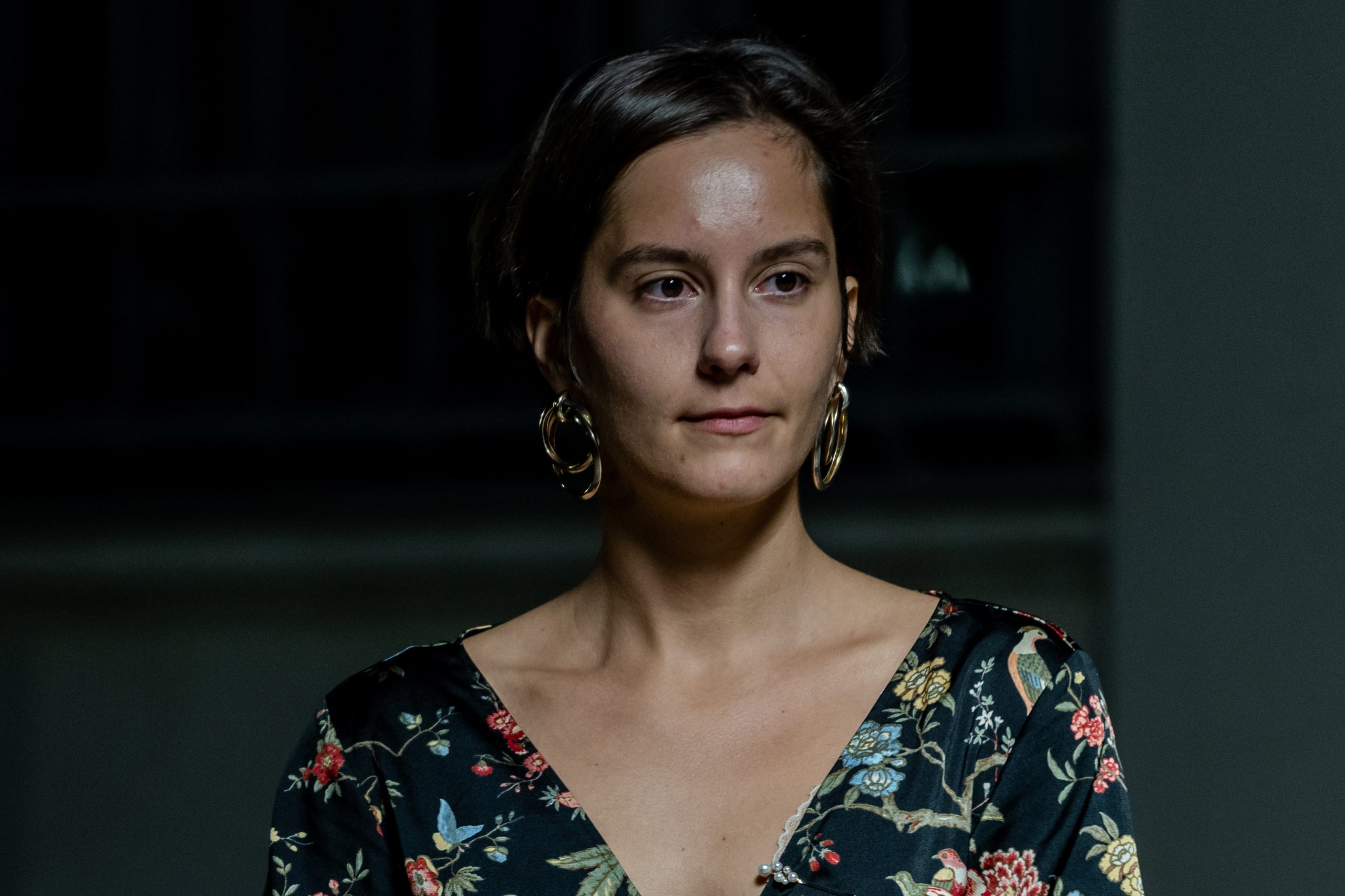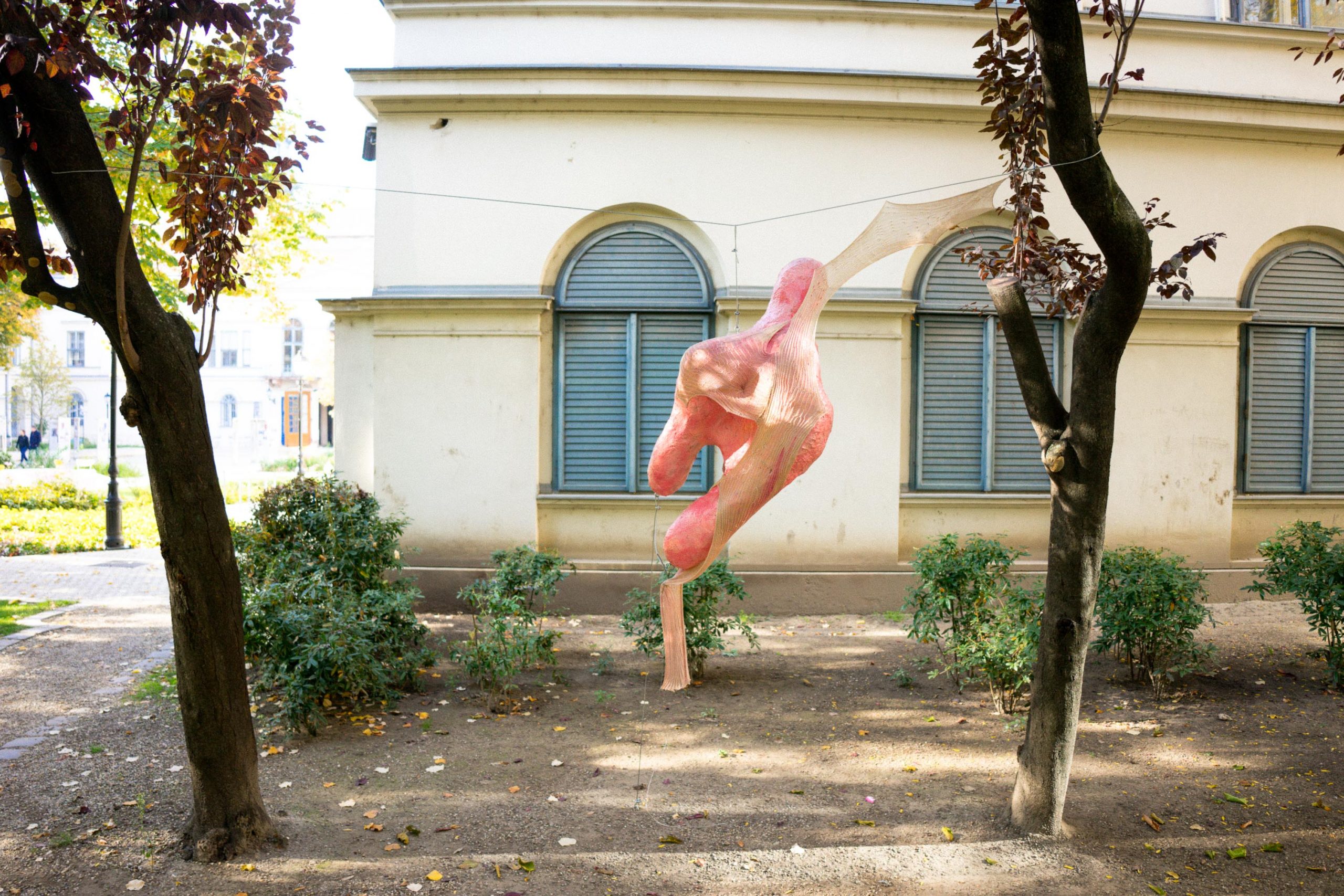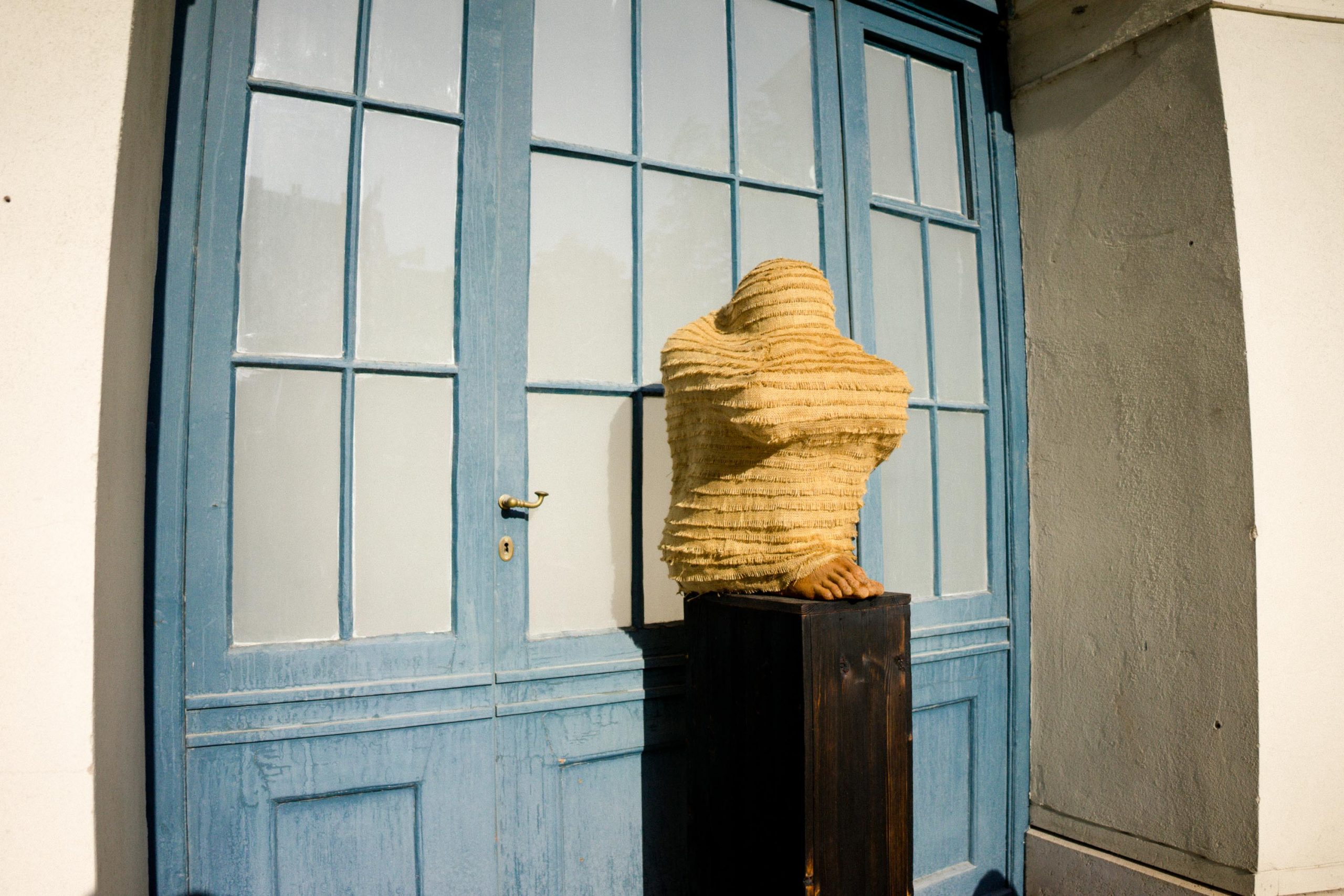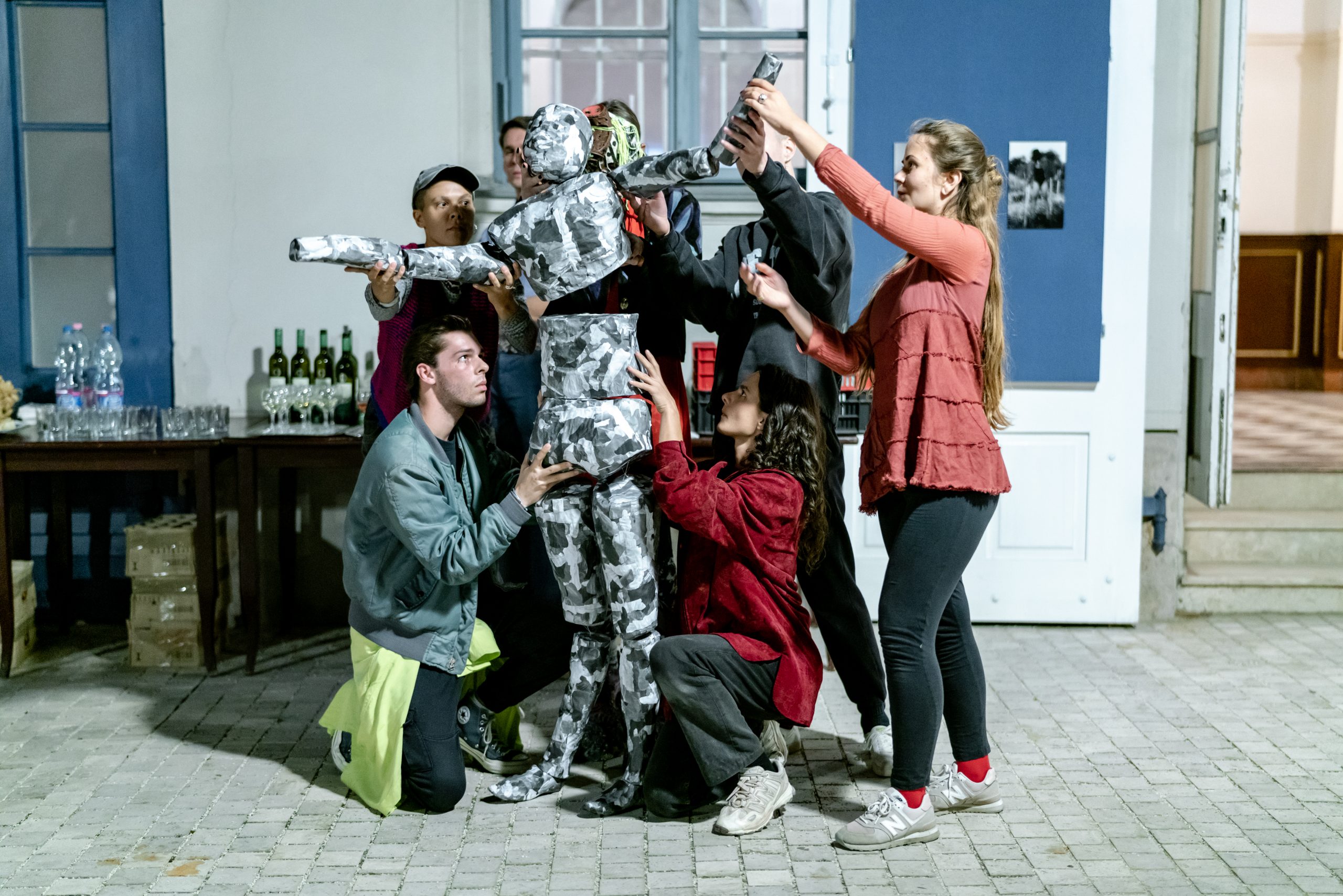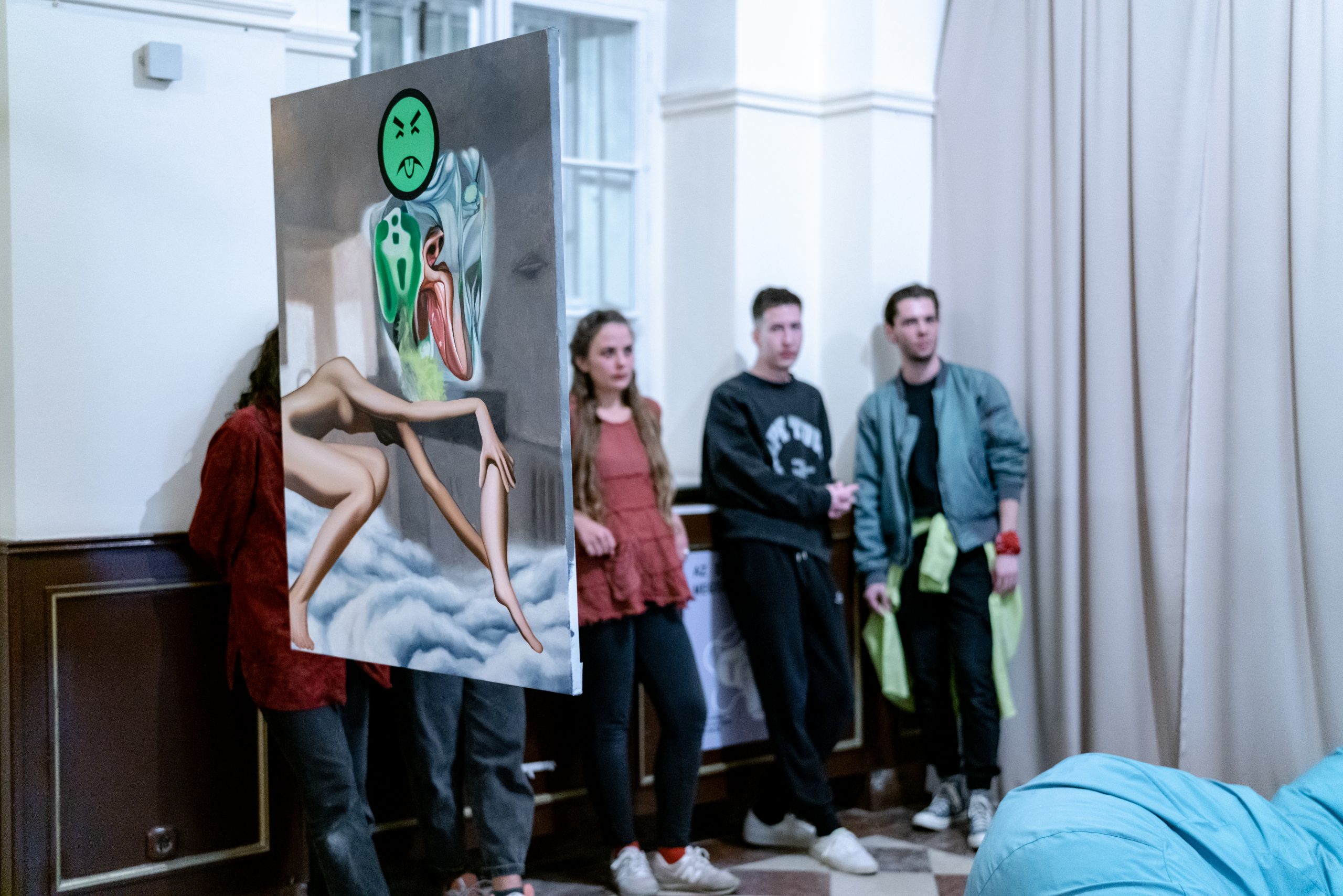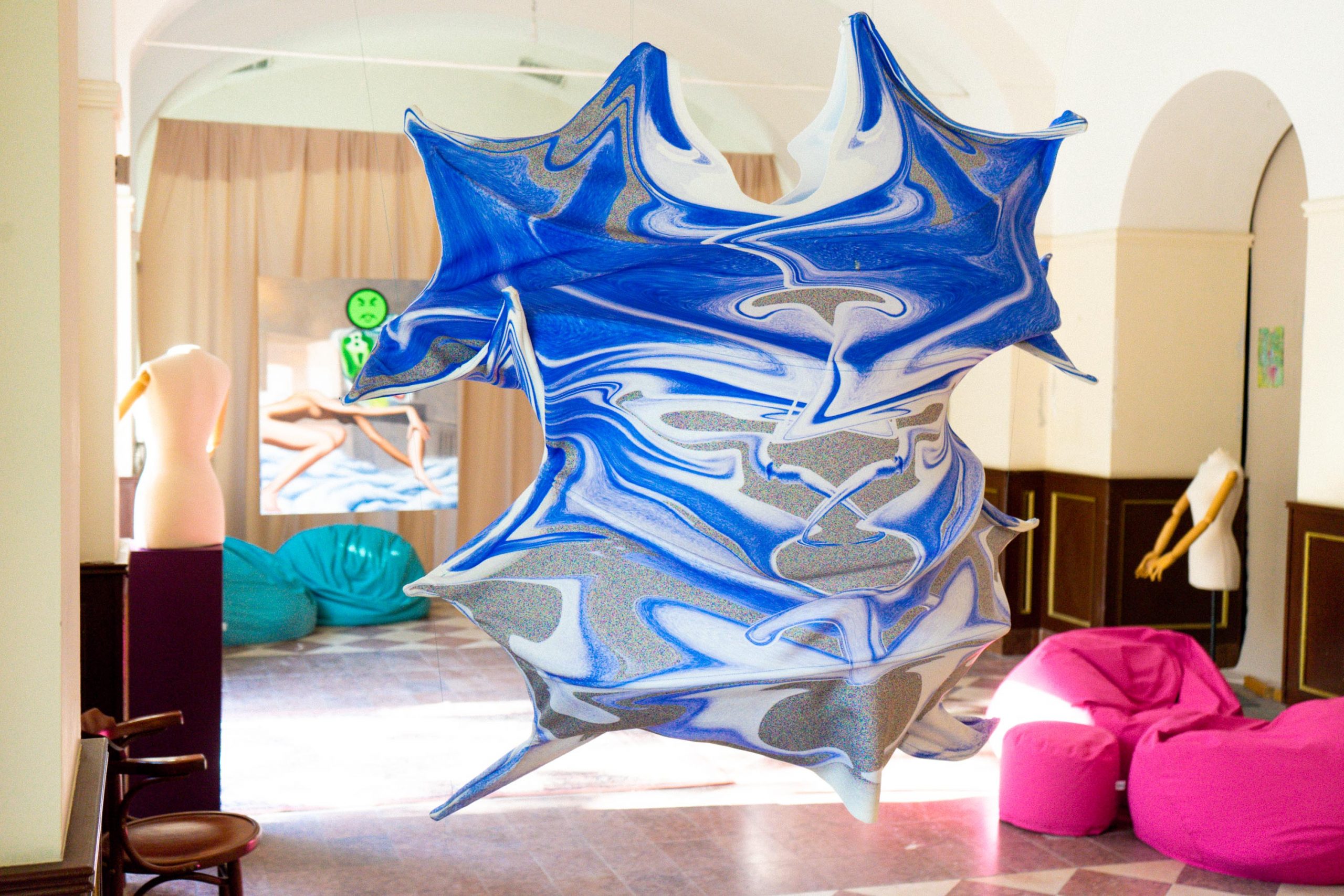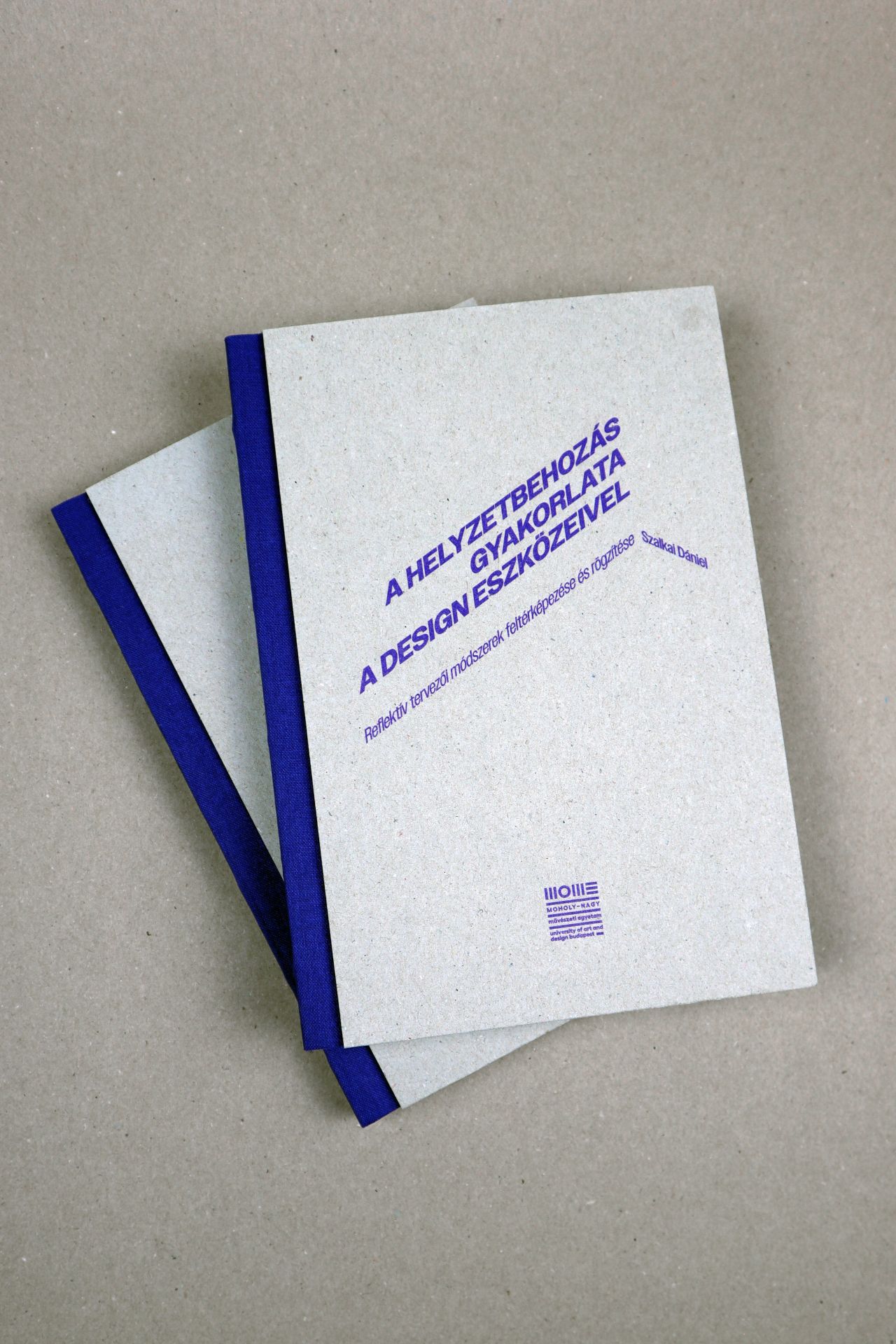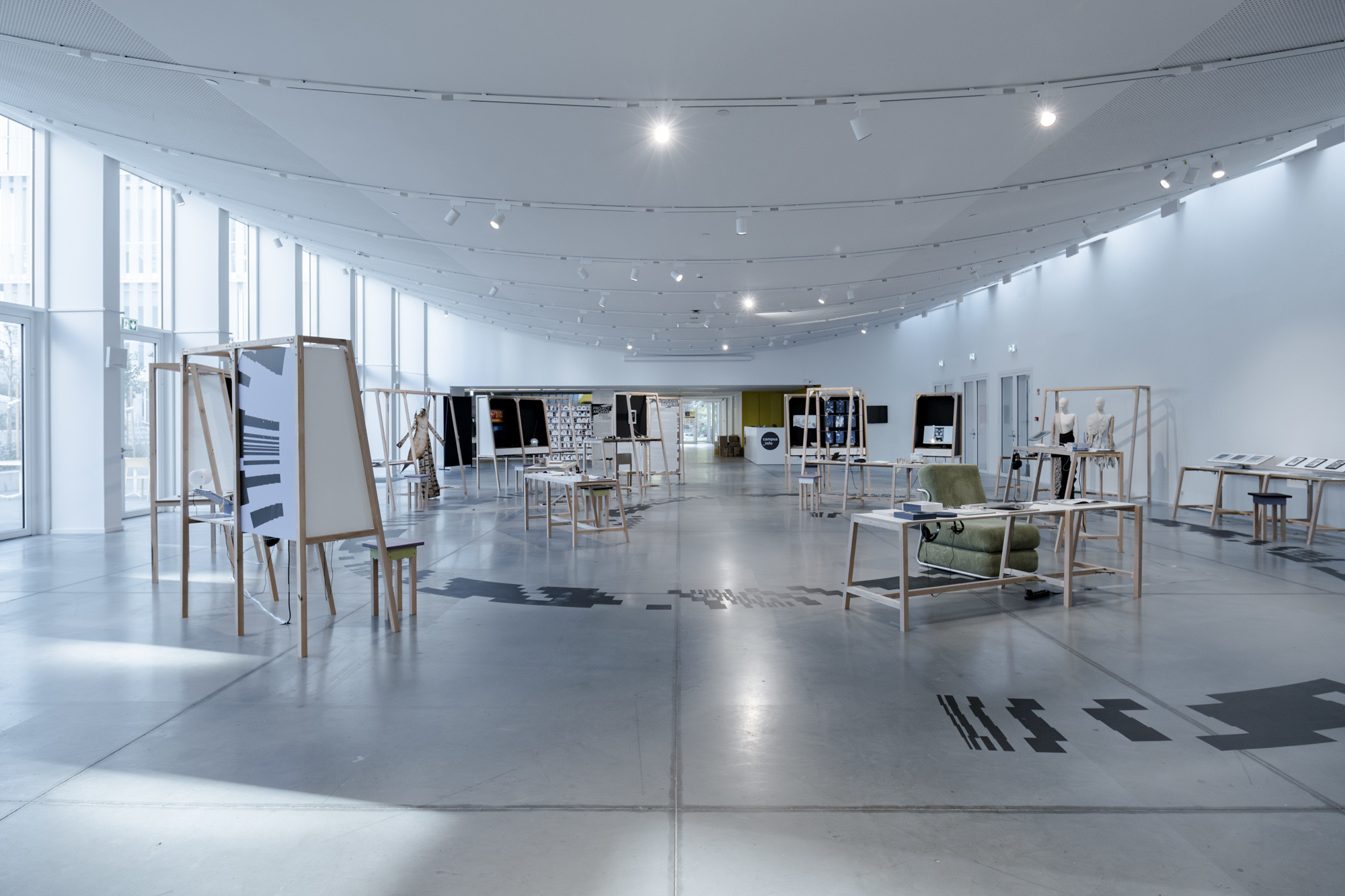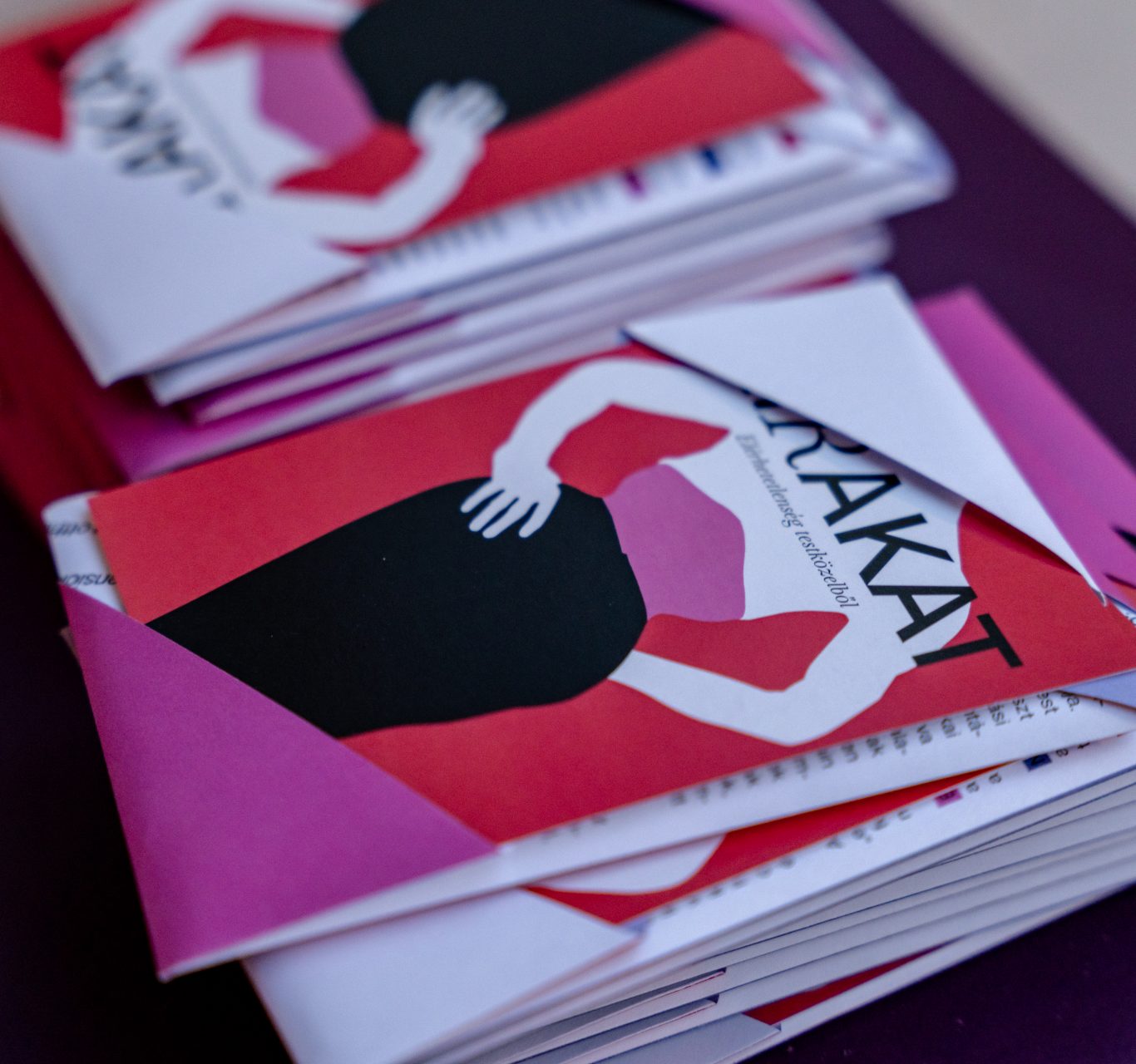
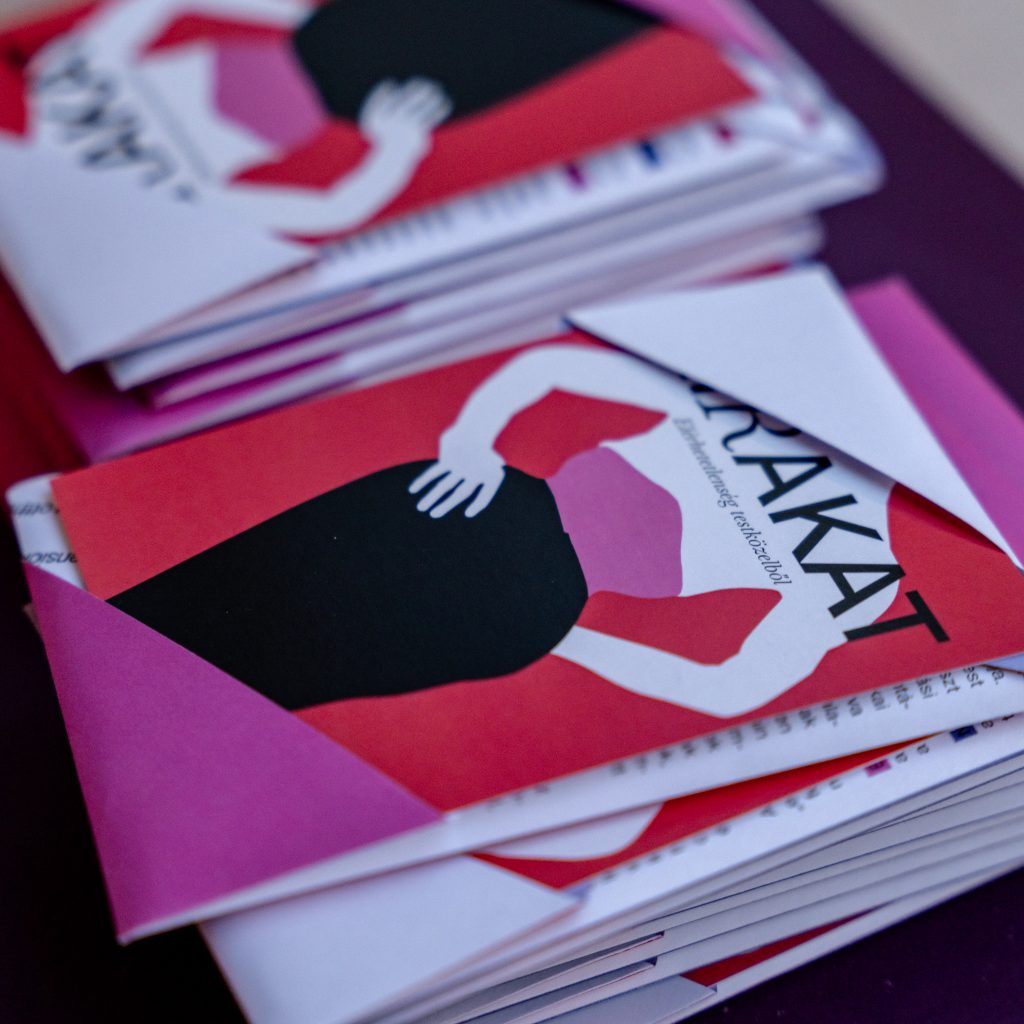
A Reality Behind Glass – An Interview with curator Eszter Sára Szabó
The exhibition Shopwindow explores the concept of mannequins and contemporary trends in body representation. A mannequin signifies both living body and inanimate object, model and object. How has the iconic figure of the mannequin evolved across various media and interpretive dimensions within the fashion world and everyday urban spaces? How has the mannequin stepped out of the studio and into the universe of shopping malls, becoming a commodified representation of the human body? Where do the boundaries of our bodies currently lie, and how are their physical dimensions extended by the influences of a digital, post-human world? These are some of the questions addressed in the exhibition at the Petőfi Literary Museum’s Windbreak wing and the Károlyi Garden. This project features reflections by 11 artists on the concept of the mannequin, exploring its cultural and social implications through various lenses. These include ‘Human+’, which examines the physical body and its extended boundaries; ‘Nature’, which considers the relationship between body and humanity; and ‘Implant’, which focuses on post-human consciousness and artificial interventions. We spoke with curator Eszter Sára Szabó about the research process and the questions raised by the exhibition.
The exhibition was implemented through the of Erika Deák Grant, awarded in autumn 2023. That means it was preceded by a year-long research effort. Can you share a bit about how this research process unfolded?
I have been exploring the subject of body representation since the start of my theoretical studies. My investigation began with the various interpretative and representational possibilities of the body, not only in design and fine arts but also in relation to the so-called narrative body, expressed through literary tools. Initially, I focused on capturing and describing the visual dimension of bodily experiences using text, exploring the contrast between textuality and visuality through the narrative body. Subsequently, my focus shifted to the socially defined body, or the constructed body, influenced by the theories of Pierre Bourdieu [1] and Roland Barthes [2]. I began to consider how societal expectations, established norms and regulations, and pop cultural trends shape our self-image and perceptions of others’ bodies.
Why was the redefinition of the mannequin the focus of this exhibition?
The term “mannequin” has many connotations. In Hungarian, it is primarily associated with fashion models on the catwalk, while in French, it refers to both a living, breathing person and the objects seen in shop windows. Thus, the mannequin signifies any phenomenon present in the urban environment, whether it’s billboards, advertisements, or the mannequins behind shop windows, as well as any image or object aiming to represent the human body in an objectified form. However, my research did not intend to examine the role of the mannequins in everyday use, relational frameworks, or body representation from a comprehensive historical perspective. Instead, I wanted to explore a segment that offers participating artists the opportunity to express their reflections on body representation and the concept of mannequins. This led to inquiries about how the various media used by artists might expand the culturally constrained space associated with the mannequin.
Virág Velkey: B.each Body
The exhibition primarily reflects on the relationship between mannequins and the female body. Why did you choose to focus on this issue?
With the rise of capitalism and the awakening of consumer desires, mannequins originally used as silent partners [3] in studios have transitioned into shop windows, where female mannequins are the norm I believe. This change raises numerous questions, such as why female mannequins look the way they do and our precise stance towards the female body. How has this standardised and numerical body image, which has little resemblance to reality, evolved?
Moreover, the exaggerated and sexualised portrayal of female mannequins deviates more sharply from healthy body norms than male mannequins, however slender and toned they may be, which are often depicted in a more neutral way.
What do you think is the cultural and artistic relevance of body representation today? What central issue does the exhibition aim to raise regarding the representation of idealised bodies in relation to mannequins?
This question is particularly intriguing because the exhibition itself struggled to find a clear answer. One challenge was the rich cultural layering of the concept of the mannequin, which has been examined in various ways, especially concerning the issue of the body. Entire encyclopedias have been published on the social and cultural contexts and classification systems of various figures and ‘human-replica objects’. We based our approach on this more traditional interpretive framework, but we also aimed to expand upon it. For instance, a publication [4] by the MaDok programme of the Museum of Ethnography focusing on dolls, explores the concept and categories of mannequins. This document includes a wide range of mannequin-like objects, from straw figures to dressmaker’s forms to dolls, and served as a significant source for our reinterpretation. We sought to highlight specific elements from this layered and comprehensive dimension and examine them in individual works.
What criteria did you use to compile the list of artists featured in the exhibition?
I primarily wanted to work with with emerging artists; at the same time, it was also essential to put together a team capable of reaching a relatively broad audience. I aimed for a reinterpretation of body representation and the concept of mannequins to be expressed across various media, whether through painting, video, or spatial installations. Given that the exhibition’s central theme closely relates to fashion and clothing, several textile artists were involved in the project. Overall, my main goal was to create a collaborative group exhibition where artists from different backgrounds, who had never met before, could collectively create art and reflect on a shared theme.
Burok (Hull) by Tom Lanuery on the left, opening performance featuring Nóra Barna’s artwork on the right
How did the invited artists approach the issue?
Thanks to its categorical and conceptual complexity, the artists were eager to work with various media. The textile artists employed a boundary-object-body symbolism that departed from more traditional textile works, while another exhibitor approached the topic through media design. Each artwork unpacks and reinterprets a key concept that relates to the mannequin, which can be classified into a triangular spectrum of categories: Human+, Nature, and Implant. These categories reflect dimensions of human body representation, exploring what our bodies mean today, where their boundaries lie, and how we have extended them – consider, for example, avatars. Today, a person is not the same as they once were; through prosthetics and various devices – like mobile phones – we extend the boundaries and functions of our bodies. This is why we incorporated concepts such as “cyborg”, a term coined by Donna Haraway [5] and used since the 1990s, into our framework. We aimed to highlight the fragility of our bodily boundaries and the challenge of defining precisely where they lie. The question of physicality and bodily experience transcends the limits of physical understanding, a theme evident in Nóra Barna’s work, where she engages with the concept of the metahuman in her video installation, emphasising that a metahuman is a technocratic or virtual being created by humans that we sustain while it evolves into an independent entity.
Kristóf Lázár: Mr. Fuck Ouch
In your personal view, does the extension of the body into the metaverse, including its artificial modifications, alongside the posthuman tendencies represented in the exhibition, suggest a problematic future or a utopia?
The exhibition seeks to highlight the drawbacks and risks of these phenomena but does not aim to take a definitive stance. I believe that anyone engaging with these contemporary trends – whether as a theoretical expert or curator – cannot oppose anything that defines our present and future. One may appreciate or reject it, feel apprehensive about it or not support it, but the most important thing is to think and discuss what the future holds, even when approaching the topic critically.
Even if we perceive these changes from the semi-periphery, it is important to confront what is unsettling, whether it pertains to the rise of metahumans or artificial intelligence. By actively engaging with these phenomena, we can better prepare for the future.
What is the long-term goal of the exhibition? Would you like to explore additional interpretations and presentation possibilities related to mannequins?
My ultimate dream is for the exhibition to develop into a project series that alternates between internal and external exhibition spaces. Throughout the creative process, several focus themes emerged that deserve individual attention in smaller projects, such as contemporary beauty standards, the aesthetics of the masses, and the associated issues. This includes the pervasive desire for immortality and the cult of youth that permeate today’s society. There is a deep-seated belief that technological advancements can help achieve “eternal life” or the extension of our bodies and life spans. For example, the idea of implanting a chip in our bodies to manage smart devices, cars, and payments is becoming a reality, offering a previously unimaginable means of extending our physical dimensions. Thus in the future, I envision breaking the exhibition and project into smaller, focused segments that address societal phenomena related to our bodies, potentially utilising provocative artistic approaches.
// /
Eszter Sára Szabó graduated from MOME’s Design Theory MA programme in 2024. In her thesis titled Anthropological and Semantic Interpretations of Shopwindows, she examined the anthropological and semantic aspects of shopwindows and mannequins at Westend Shopping Centre, exploring the cultural layers and their interrelations. Her supervisor was András Zwickl, and her consultant was Anna Keszeg.
The exhibition Shopwindow was on display at the Petőfi Literary Museum’s Courtyard and Windbreak from 20 September to 31 October 2024.
Exhibiting artists: Nóra Barna, Réka Huszár, Csenge Juhos-Kiss, Dorottya Kepes, Kristóf Lázár, KK Miss, Sára Sólyom, Lanuery Tom, Kata Tranker, Ágnes Varjú, Virág Velkey
Curator: Eszter Sára Szabó
The closing event and related event series will took place on 31 October, featuring a lecture performance and a guided tour, followed by a discussion with the curator and the artists led by head of the Museum of Ethnogrpahy’s MaDok programme.
For more details about the exhibition and events, click here.
The project was implemented through the Erika Deák Grant.
// /
[1] Sociologist Pierre Bourdieu examines the concept of the socially constructed body in his book The Reproduction of Social Inequalities (Bourdieu, Pierre. 2011. A társadalmi egyenlőtlenségek újratermelődése: tanulmányok. Budapest: General Press).
[2] Theorist and essayist Roland Barthes approached the body from the perspective of linguistic constructions and semiotics (Barthes, Roland. 1976. The Pleasure of the Text. London: Cape).
[3] A human replica, varying in size, which artists used as a model for painting or sculpting human figures. The term, coined by Jane Munro in her book Silent Partners: Artist and Mannequin from Function to Fetish, explores the multifaceted role of these mannequins and models in the artist’s creative process (Munro, Jane. 2014. Silent Partners: Artist and Mannequin from Function to Fetish. New Haven: Yale University Press).
[4] Fejős, Zoltán, ed. 2009. MaDok füzetek 6. Babáink könyve: A kortárs tárgykultúra egy metszete. Budapest: Museum of Ethnography
[5] The concept of the cyborg was first used by Donna Haraway in her essay A Cyborg Manifesto published in 1985. (Haraway, Donna. 1991. A Cyborg Manifesto: Science, technology and socialist-feminism in the late twentieth century. In Simians, Cyborgs and Women: The Reinvention of Nature, 149-181. New York: Routledge.)
